From Apple Park to the Louvre Abu Dhabi, these 10 iconic interiors redefine how we live, breathe, and feel. Discover why they matter beyond design.
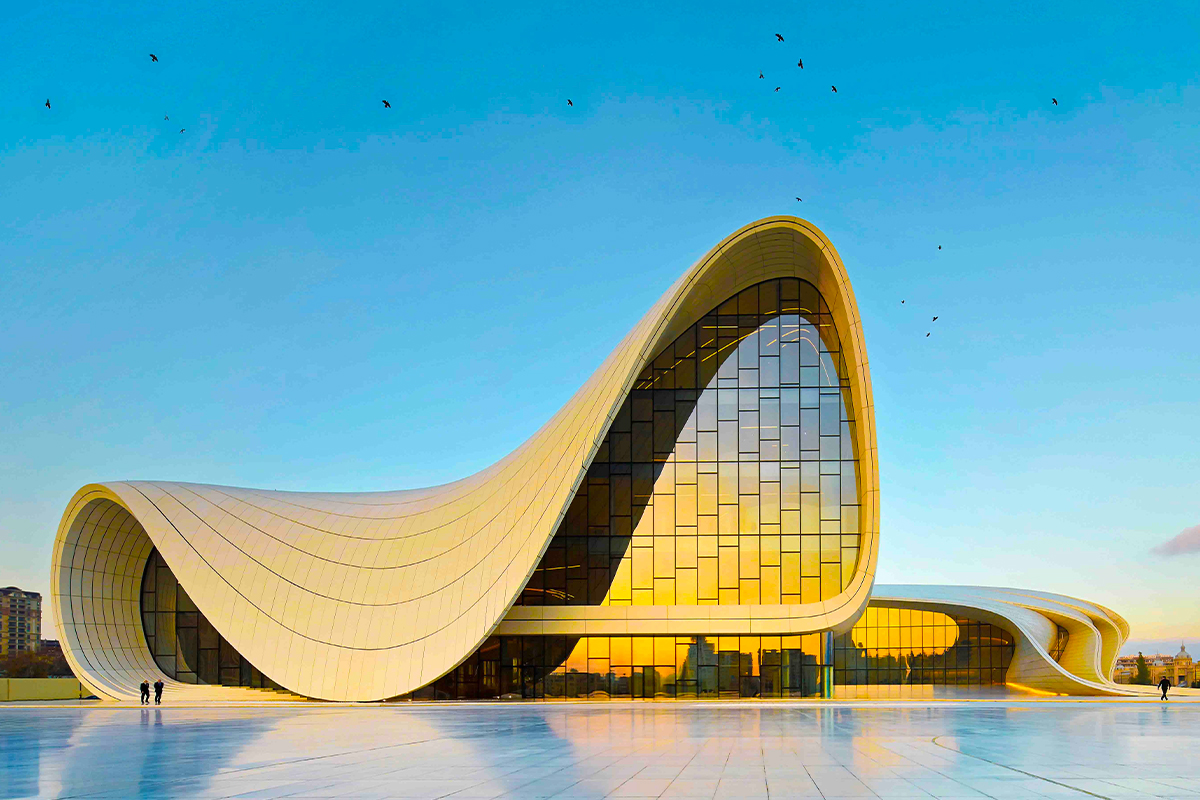
The 21st century has redefined interior architecture. Spaces are no longer passive backdrops but active participants in human life — shaping how we feel, how we breathe, how we gather, and how we imagine the future. These interiors matter not only because they are beautiful, but because they are transformative. They are laboratories of sound, light, air, and meaning.
This is a curated exploration of ten of the most iconic interiors of the modern age — spaces that have shifted design language, cultural consciousness, and even human behavior.

Inside Hamburg’s crystalline landmark lies a symphony of architecture and acoustics. The interior features more than 10,000 individually milled acoustic panels, designed with gypsum fibre and paper, to make sound ripple like silk.
In Elbphilharmonie, music lives in the walls.
.jpg)
Though built in 1976, Casa Gilardi’s cultural relevance exploded in the 21st century. With its bold colors, poetic shafts of light, and still pools, it became an Instagram-era cathedral of mood.
Colour here is not paint — it is psychology.

A perforated “veil” outside hides an interior of floating walls, diffused daylight, and vault-like calm. The Broad creates a gallery that feels almost sacred, where art and architecture breathe as one.
Here, architecture is air.
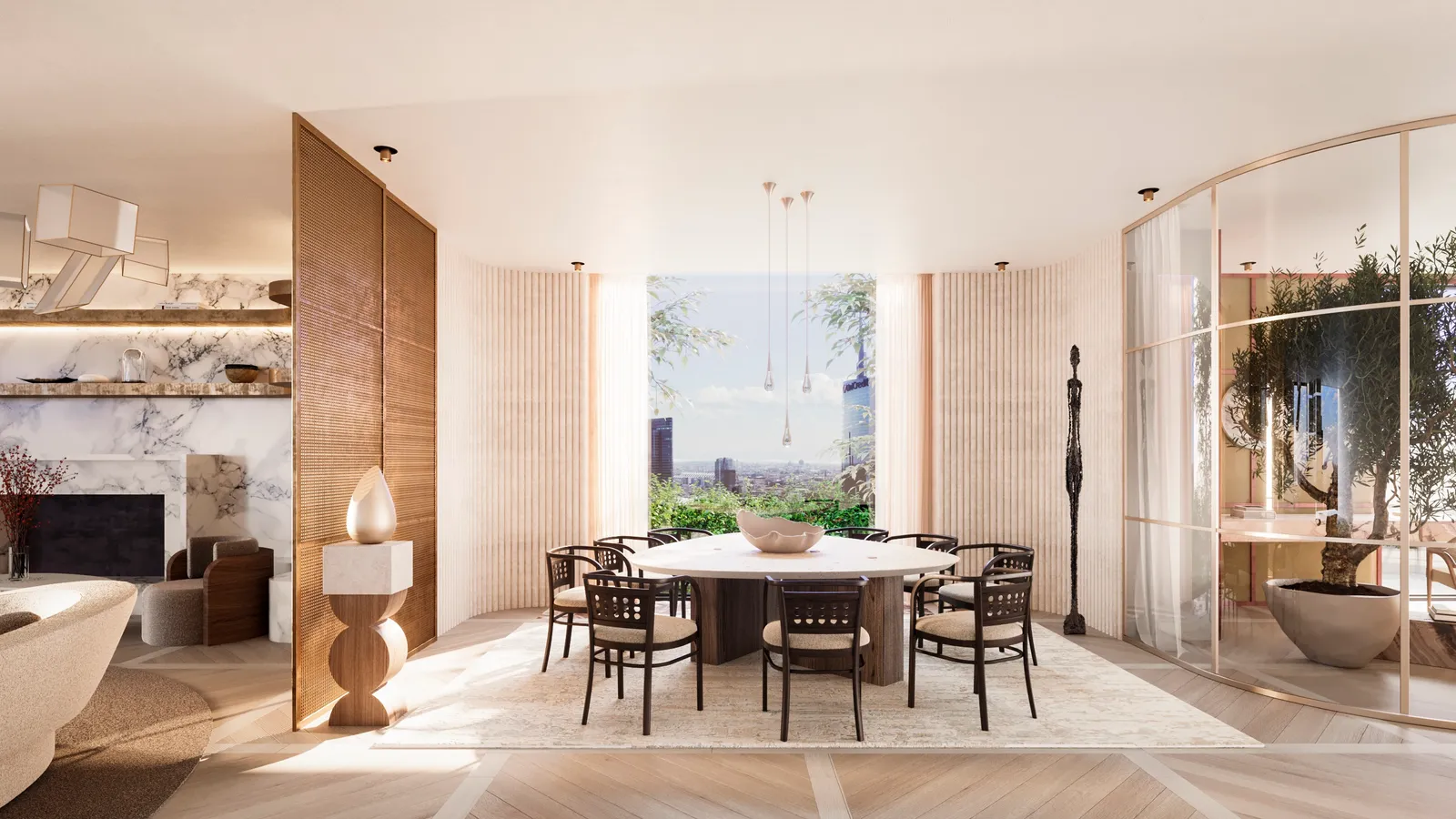
Milan’s Bosco Verticale interiors are designed around vertical forests. Apartments literally live inside an ecosystem of trees, producing oxygen, shade, and renewal.
Luxury, redefined as oxygen.
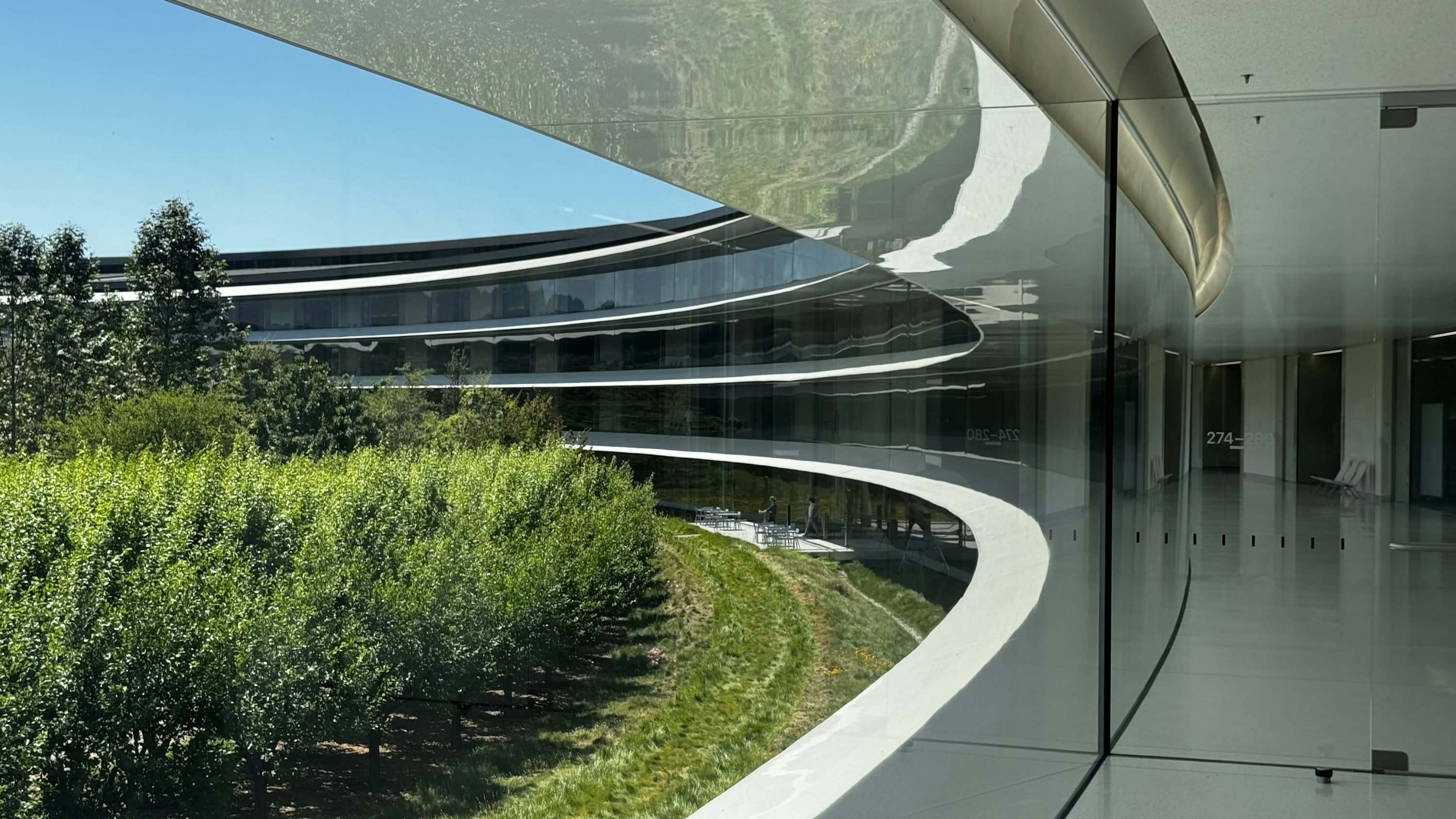
Nicknamed the “spaceship,” Apple Park’s interiors are a study in seamless glass, glowing white, and minimalist ideology. The interior is designed to embody Apple’s corporate DNA — fluid, controlled, and pristine.
Minimalism here is not style — it is ideology.
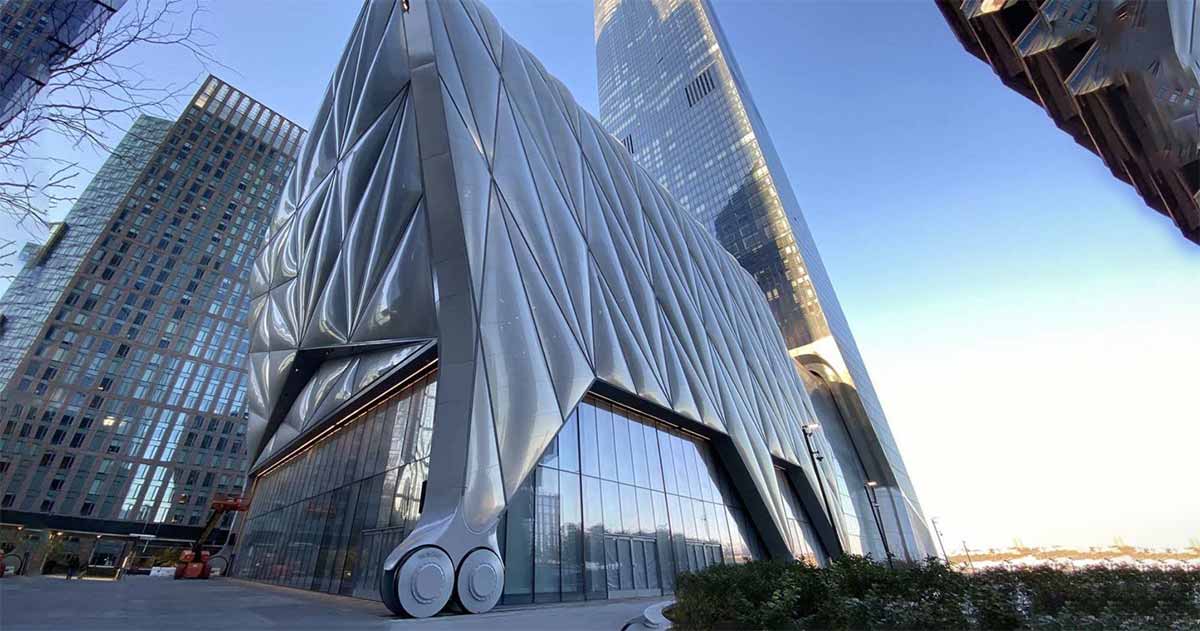
The Shed is a building that performs. Its interiors are kinetic, with walls and roofs that move to reconfigure the space for performance, art, and gatherings.
This is architecture with choreography.
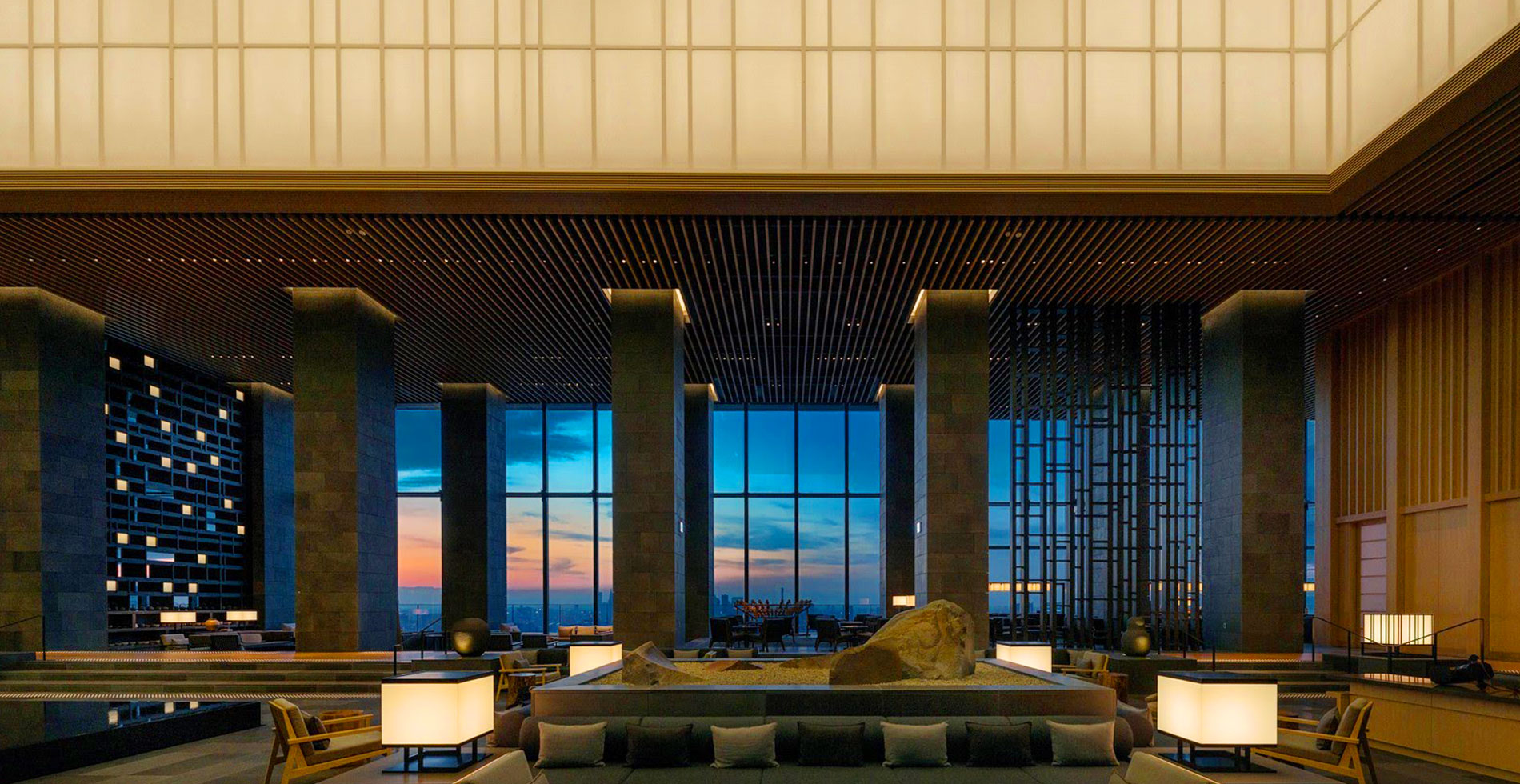
Aman’s Tokyo flagship is a temple of serenity, where tatami traditions meet titanium modernism. The atrium alone recalibrates your nervous system into stillness.
Calm is the new opulence.
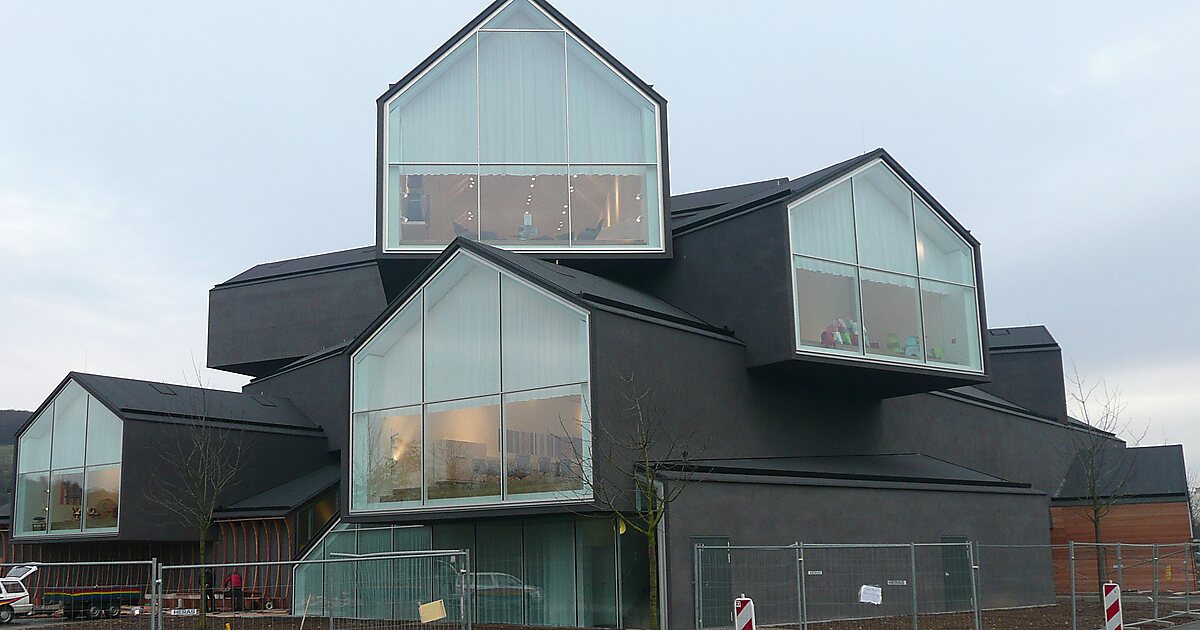
A vertical stack of gabled houses turns into a showroom for design and dreams. Inside, each room is a collage of form, furniture, and function — a live theater of modern living.
Where design exhibits design.
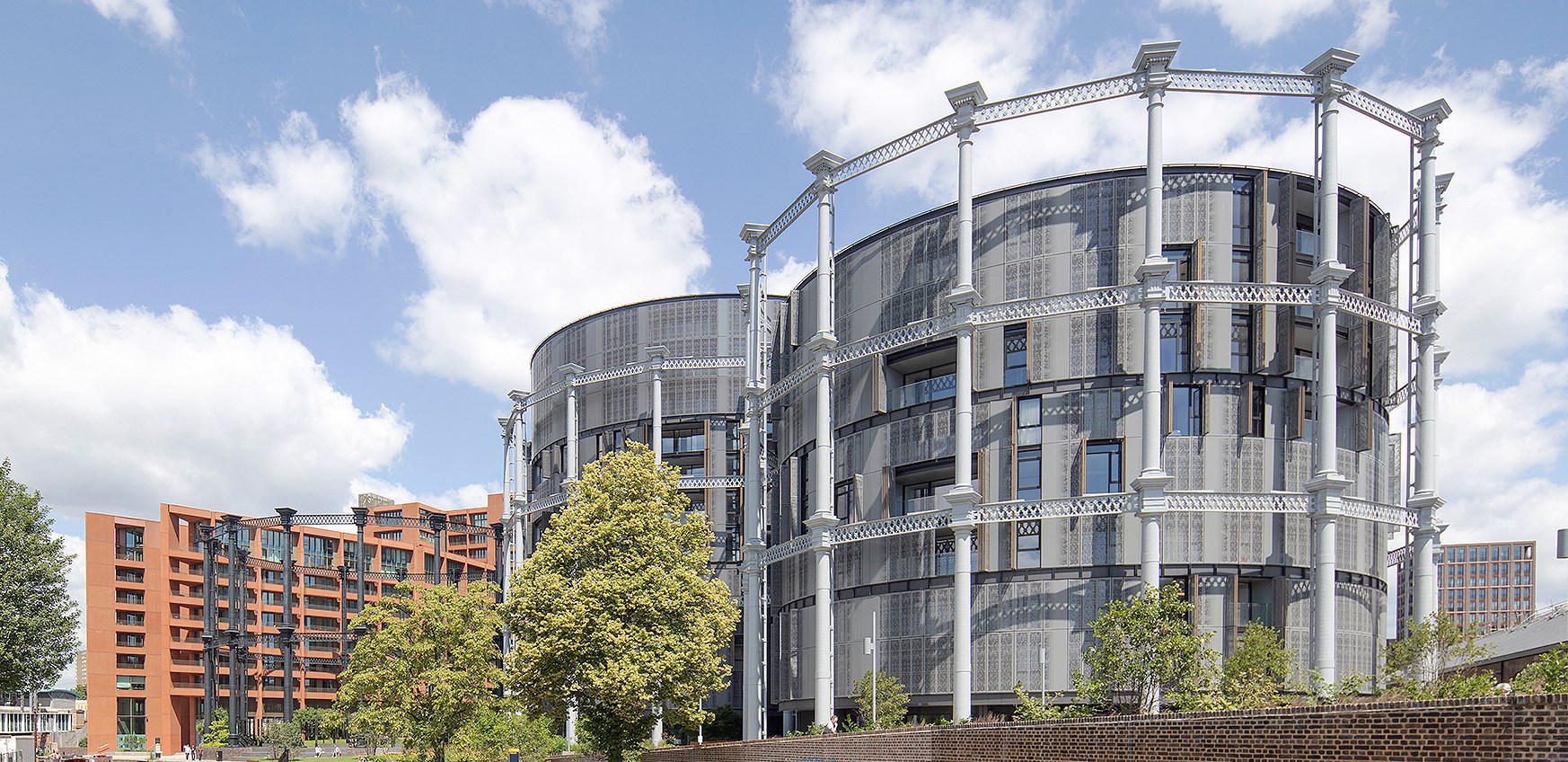
Once Victorian gas tanks, now reborn as luxury apartments. Interiors glow with bronze, velvet, and cast-iron bones, balancing history with contemporary life.
Industrial past, poetic present.
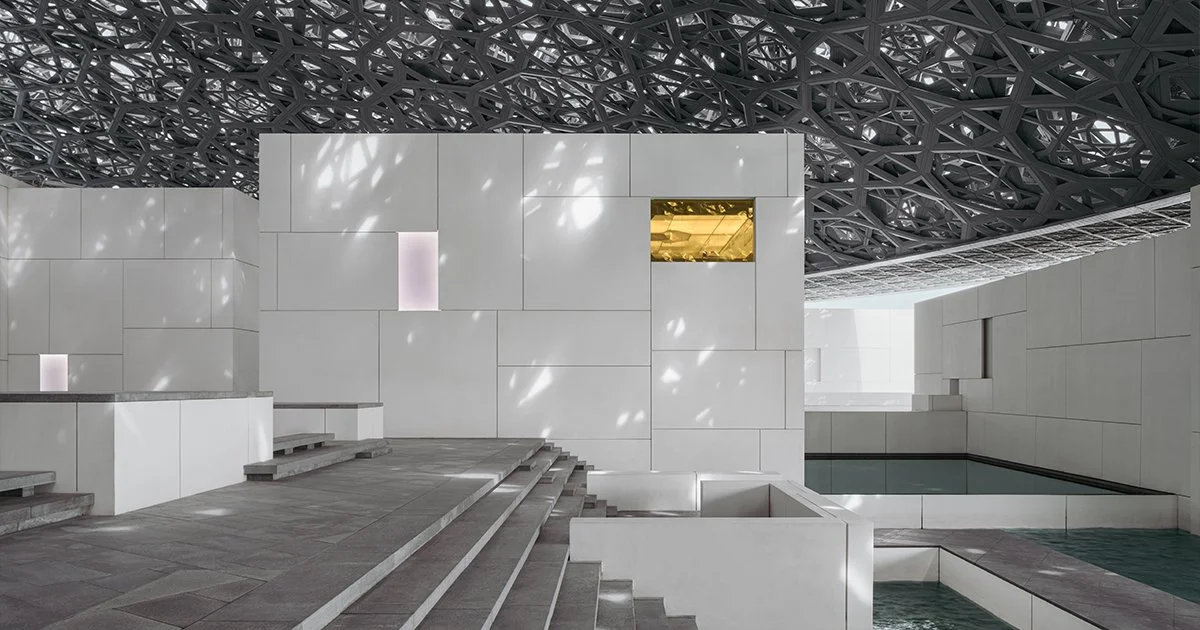
Under its lattice dome, filtered desert light rains onto the galleries, turning the museum into an oasis. Its interiors merge climate, culture, and eternity.
A museum as an oasis of eternity.
These ten interiors are not just “beautiful rooms.” They are consciousness-shifting environments. They remind us that:
In the 21st century, interiors are no longer neutral — they are manifestos of how we want to live.
Design is destiny. And these interiors are proof.

Elon Musk’s $56 billion pay package, restored by Tesla shareholders after court challenges, made global headlines. But beneath the spectacle lies a deeper design flaw: the hero economy. In worshipping visionaries, capitalism has built cathedrals without conscience.

The U.S. Supreme Court’s reinstatement of restrictions on gender-inclusive passports has reignited a quiet crisis of belonging. It is not simply about travel. It is about who decides the architecture of identity—and whether selfhood must pass through permission.

A U.S. federal judge’s ruling to compel the reinstatement of food aid funding is more than a legal victory — it is a moral reckoning. Hunger, as this decision reveals, is never a natural disaster. It is a policy design flaw.